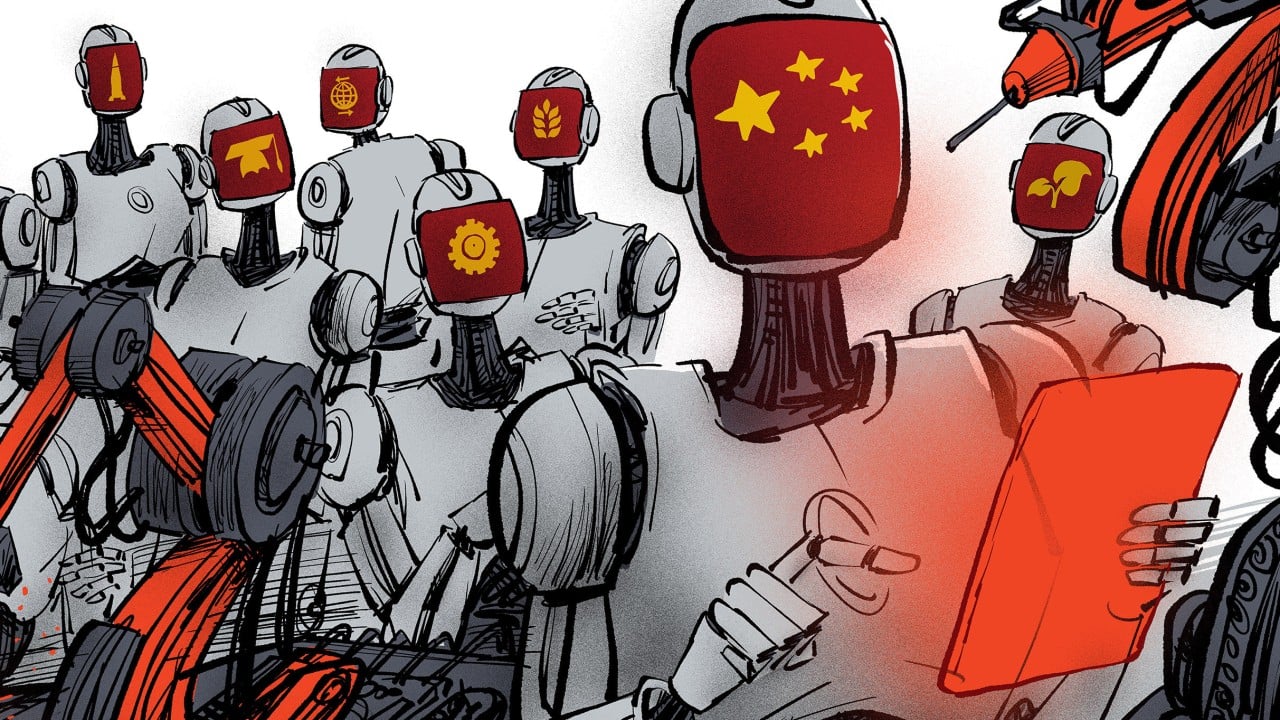Factories in China installed nearly 300,000 new robots last year, more than the rest of the world combined. This figure suggests that China is building leadership in robotics not merely for industrial efficiency, but as a direct path to achieving independence in core artificial intelligence (AI) technologies.
Advertisement
The prioritisation of embodied intelligence, or AI-powered robots, at events such as last week’s AI Computing Conference in Beijing signals that the country views robotics as critical infrastructure for future resilience, far beyond stand-alone technological products. This aligns with global trends, such as the UK’s Smart Machines Strategy 2035 and the United States’ AI Action Plan, which lacks a specific robotics development plan.
However, China proposes a distinct approach characterised by a public-private collaboration that operates across the entire industry ecosystem, with a focus on integration and scale. While American entrepreneurial leaders such as Nvidia and OpenAI are betting heavily on the fusion of world foundation models with their physical AI development, China’s Huawei and DeepSeek are open-sourcing their AI computing toolkit and large language models.
China’s cohesive, long-term policy framework provides the foundation. Its robotics development strategies have systematically supported the industry since at least 2016. Initiatives such as Made in China 2025, the Guidelines for Robotics Development under the 14th five-year plan and the State Council’s AI Plus action plan promote robotics adoption across a vast spectrum of sectors, from manufacturing, aerospace and medical care to logistics, agriculture, environmental governance and education. This is a concerted effort to embed robotics into the fabric of the economy and society.
The wide-ranging focus creates massive domestic demand for the advanced perception and decision-making capabilities that define embodied intelligence. In turn, this demand cultivates a built-in market for China’s own AI chips.
Advertisement
Huawei’s recent announcement of the Atlas 950 SuperPoD, a supercomputing cluster comprising up to 8,192 Ascend 950DT chips, shows its commitment to powering China’s booming AI industries with domestically designed products. Huawei plans to open-source both the hardware designs and core software stack by the end of 2025, charting a strategic move to accelerate ecosystem adoption and establish a global standard for AI infrastructure.

